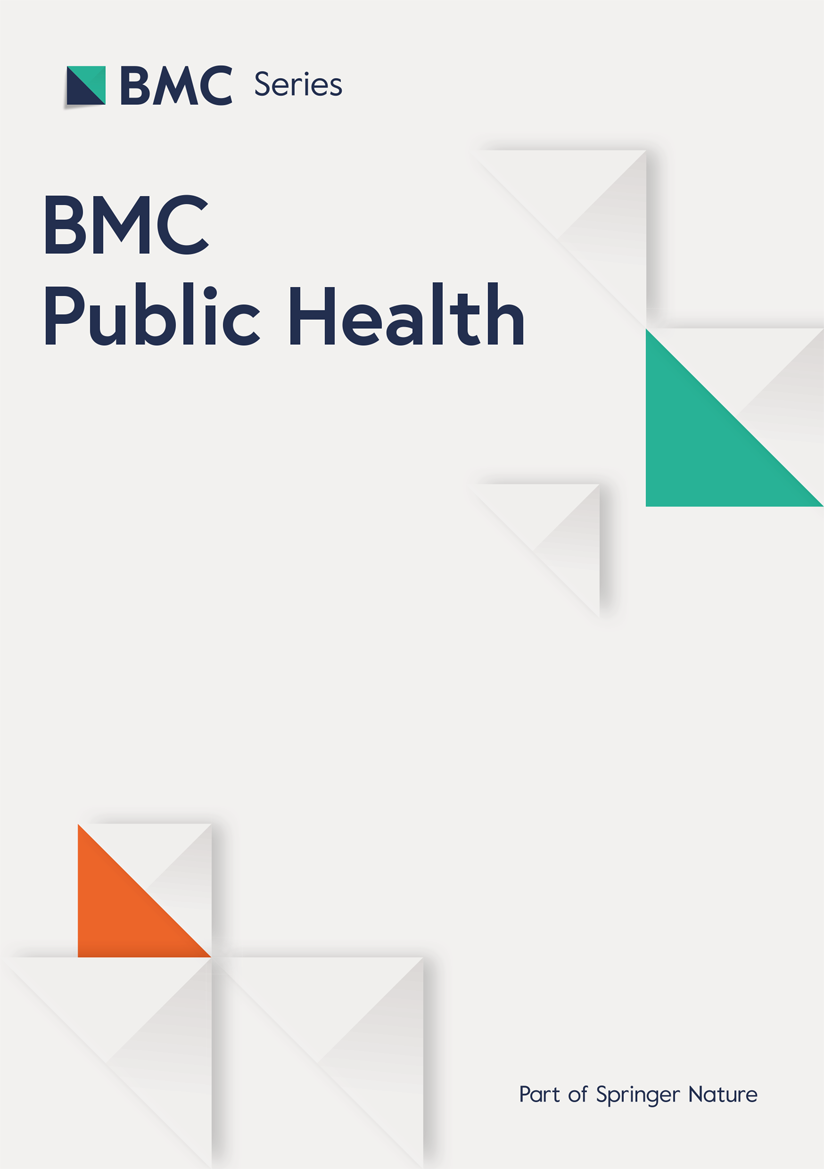Prevalence and patterns of multiple long-term conditions among lymphatic filariasis patients in Odisha, India: a community-based cross-sectional study | BMC Public Health
Adults with lymphatic filariasis frequently experience multiple additional chronic conditions, or MLTC. A recent study highlights the critical need for integrated healthcare approaches to address this complex health challenge in India, where the disease is prevalent.
Hypertension was the most frequent comorbidity observed in lymphatic filariasis patients. Peptic ulcer disease, visual impairment, arthritis, and diabetes also appeared. These findings differ from a study of tuberculosis patients by **Chauhan et al.**, where depression was most common.
Despite the variances, hypertension, diabetes, and peptic ulcer disease were highly prevalent across both studies, suggesting shared risk factors between chronic infectious diseases and non-communicable diseases in India. Chronic inflammation from lymphatic filariasis may contribute to cardiometabolic diseases.
The prevalence of MLTC in lymphatic filariasis patients exceeds rates reported in studies of tuberculosis (52%) and HIV patients (48%) in India. It’s also higher than the global pooled prevalence of multimorbidity of 37% (Lancet, 2023).
The study noted a mean participant age of 62.1 years, which may contribute to the higher MLTC prevalence. Assessment of MLTC among lymphatic filariasis patients is essential for designing evidence-based policies to ensure continuity of care.
Increasing age correlates with a higher chance of having MLTC, aligning with existing research. India aims to eliminate lymphatic filariasis by 2027. However, affected patients will need quality healthcare for years to come, reinforcing the need for robust primary care.
Men with lymphatic filariasis were found to be at greater risk of MLTC than women, a contrast to other Indian studies. Gender roles may play a part, with women continuing physical activity through household chores while men may rest more when diagnosed with the disease.
More years of schooling correlated with a greater chance of having MLTC, which aligns with findings from Southeast Asia. Education may increase health consciousness and diagnosis rates. Lack of work also increased MLTC risk, consistent with research showing that unemployment elevates multimorbidity risk.
Hypertension and diabetes were the most commonly occurring pattern among patients with lymphatic filariasis. This is consistent with findings indicating cardiovascular and metabolic diseases as frequent multimorbidity patterns in Asia.
The study suggests integrating lymphatic filariasis patients into existing primary healthcare centers for continuous care. Ayushman Arogya Mandirs (AAM) aim to strengthen primary care but do not include lymphatic filariasis, despite its prevalence across India.
Those with lymphatic filariasis need additional support due to their socio-economic status. Patient-centered, holistic care at a single facility is crucial. Community health workers can help track patients, screen for conditions, and support medication adherence under the Lymphatic Filariasis Elimination Programme.
Family-based approaches are needed to reduce shared risk factors for MLTC. Future studies should focus on interventions to manage MLTC in this population. Integrated healthcare services may help lessen the burden of multiple chronic conditions among lymphatic filariasis patients.
Study Limitations
The study was conducted in one Indian state, and data relied on self-reported conditions, which may introduce bias. Also, the cross-sectional design prevents establishing causality.

DrMichaelLee
Dr. Michael Lee – Health Editor Dr. Michael Lee is a physician, medical writer, and Health Editor for World Today News. He translates complex health topics into clear, practical advice and leads our coverage of medical breakthroughs, public health, and wellness.









